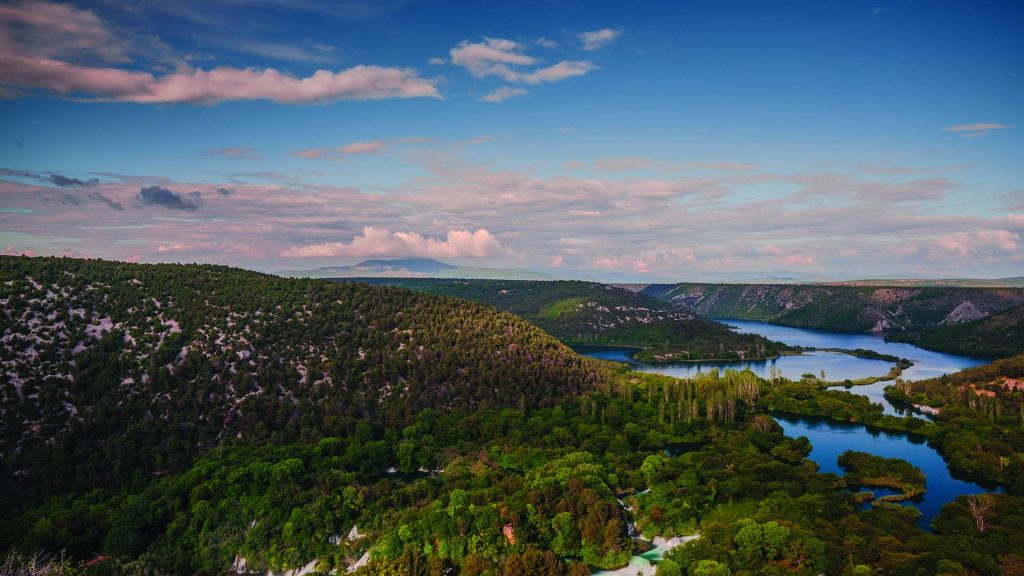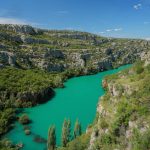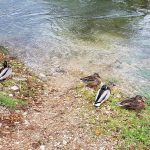Continuing our look at National Park Krka beyond the waterfalls, a look to the majestic remnants of Croatia’s historic turmoil: meet the five fortresses of NP Krka
We have been saying time and again that while National Park Krka primarily owes its international fame to the astonishing natural scenery, it’s also home to an incredible range of man-made contributions. In our last feature, we got you acquainted with the Roman military camp Burnum, a stunning complex originating from the 1st century AD which houses remnants of the only military amphitheatre in Croatia.
Burnum isn’t the only site located within the borders of NP Krka that bears witness to the area’s historical development. On both sides of the river canyon, you’ll find several fortresses built by the noble dynasties that ruled this particular part of the Croatian territory in the Middle Ages, later giving way to the Turkish invaders in the 15th and 16th centuries. The area laid out between the rivers Krka and Čikola used to be known under the name of Promin-Miljevac, where the noble rulers built a total of five forts which have survived to this day: Kamička, Trošenj, Nečven, Bogočin and Ključica.
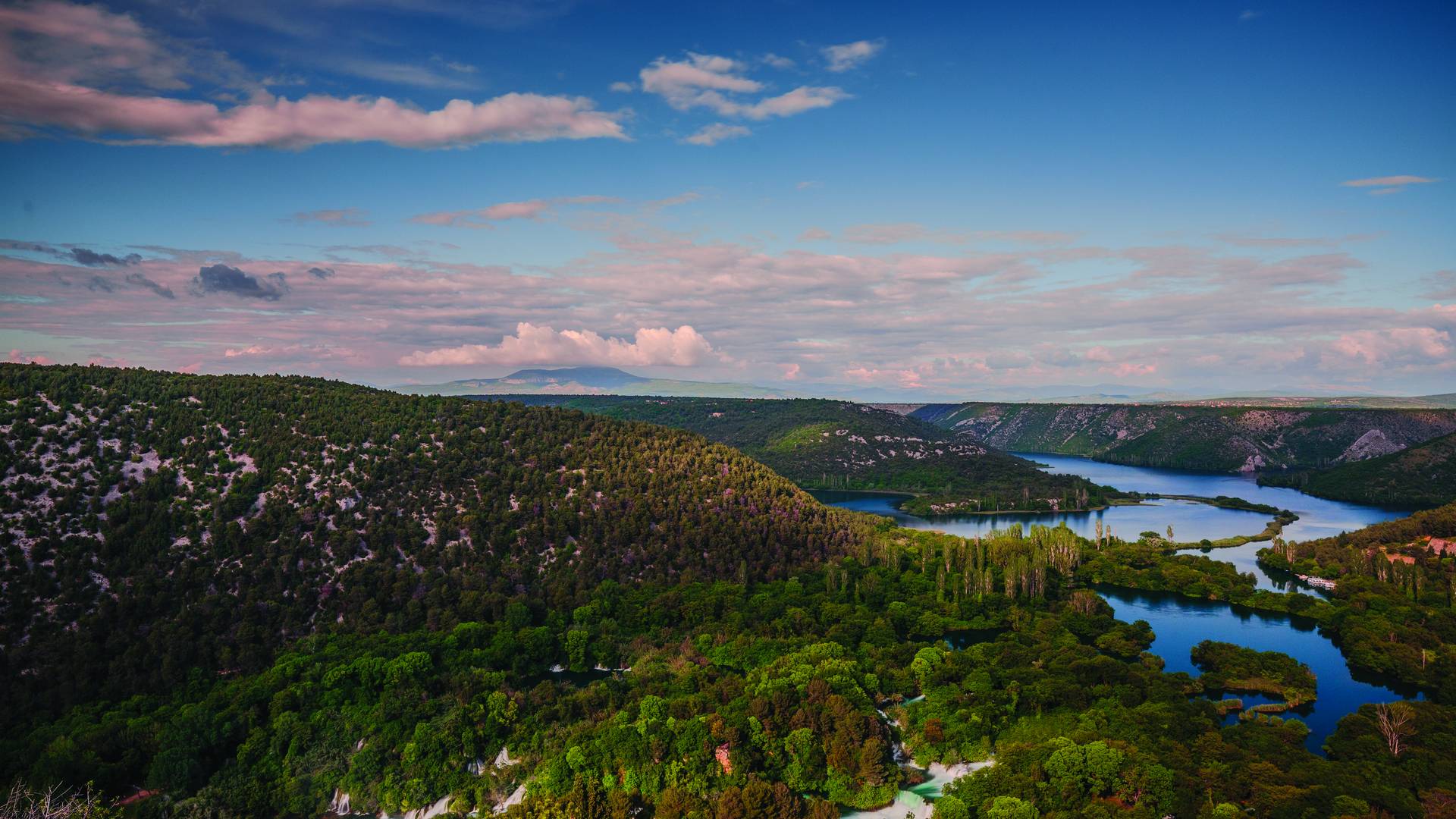
Krka and Čikola
Primarily standing as defensive strongholds, the forts have also grown to become cores of historic settlements which developed in their near vicinity in the following centuries. The noble family Šubić built the fortress Trošenj on the right bank of the river Krka, while the remaining four were ruled by other noble families. For a closer look at each of the historical gems, we’re starting from the northernmost part of NP Krka and making our way south:

Fort Trošenj, also known as Čučevo, was built in the 14th century by the noble family Šubić. Seeing that the Šubić used to control the entire right bank of the river Krka, the fortress was most likely built to monitor the nearby bridge over the river which held a strategic importance.
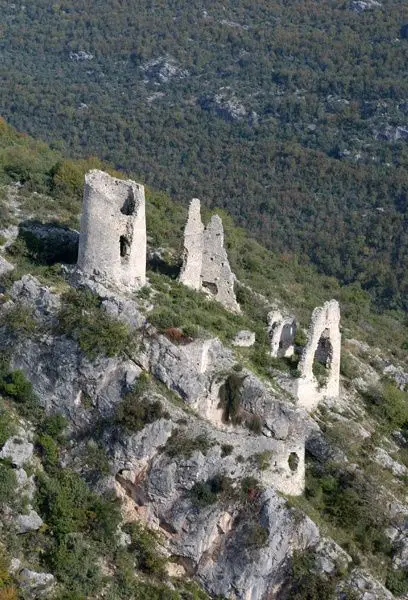
In 1522, the Turkish army gained control over the fort, moving their military units into the castle and building a rounded tower which survives to this day. The Turks were ousted by the Venetian army in 1686, with the major part of the fort ending up demolished as a result.
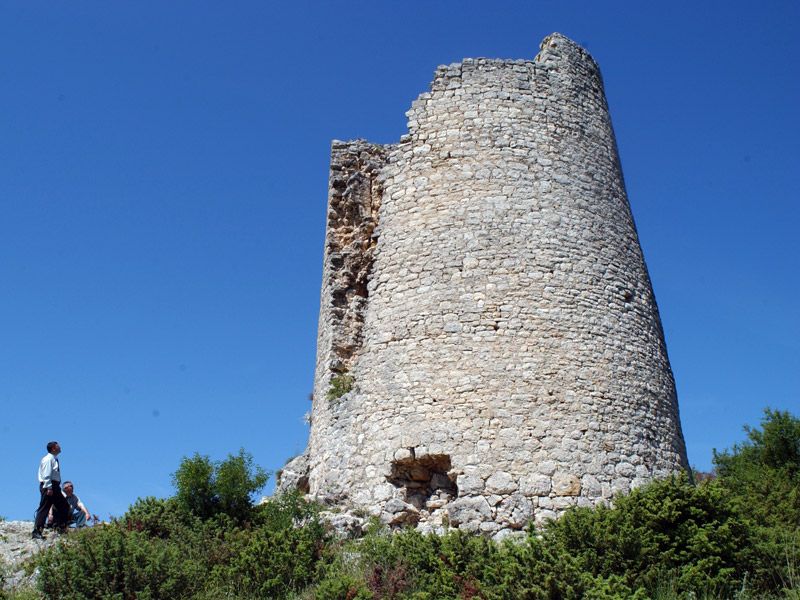
Right across Trošenj, you’ll find the Nečven fortress perched on top of a steep cliff, keeping a watchful eye on the river canyon. It was originally owned by the Nelipić family who governed over the entire Promin-Miljevac region. A legend says the fort got its name from Nečven, a local girl who was incessantly courted by members of the Šubić family, leading her to commit suicide by poison to escape the dreadful fate of marrying into the rival dynasty. While there’s no historical evidence to support the claim, the story is believed to symbolise the never-ending rivalry of two families that ruled over two opposite riverbanks.
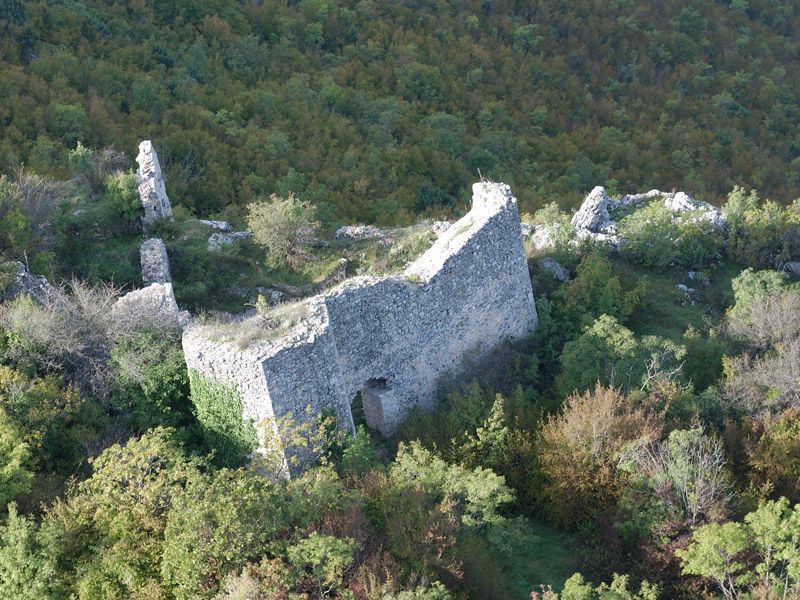
In 1421, when the death of Ivaniš Nelipić marked the end of his dynasty, the fort was taken over by the Martinušić family; a century later, the Turks conquered this bastion as well, repurposing it as the seat of the Krka nahiye. The Turkish army handed over the fort to Šibenik and Trogir in 1648, with the Venetian general Foscolo ordering for Nečven to be torched.
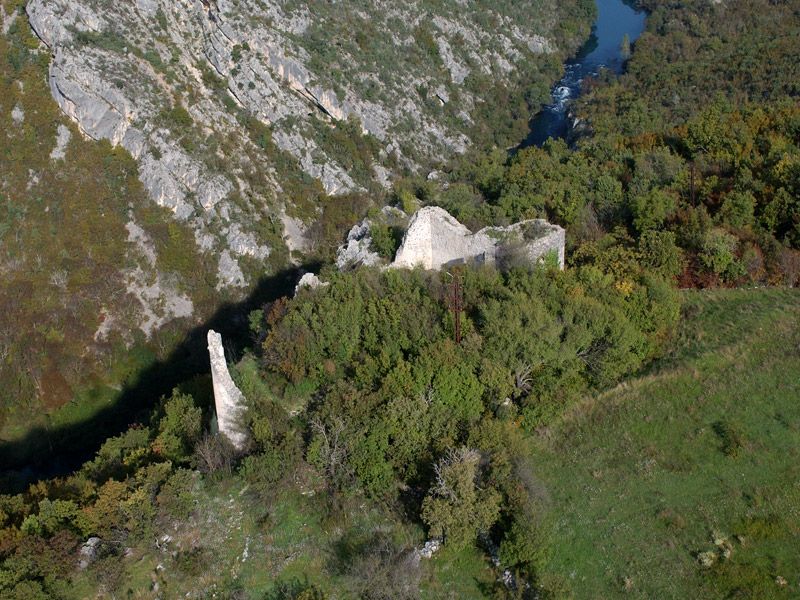
The fortress saw another period of Turkish rule from 1670 to 1678, followed by an age of peace and prosperity. At the beginning of the 18th century, the settlement that formed around Nečven had a population of 247; as the location gradually lost its strategic significance, both the fortress and the village were completely abandoned by the end of the 18th century.
A bit further south, 2 kilometres downstream from the Krka monastery, stands the fortress Bogočin. Its history mostly overlaps with Nečven’s: possibly built by the Nelipić, Bogočin was ruled by the Martinušić until it fell victim to the Turkish invasion in the early 16th century.
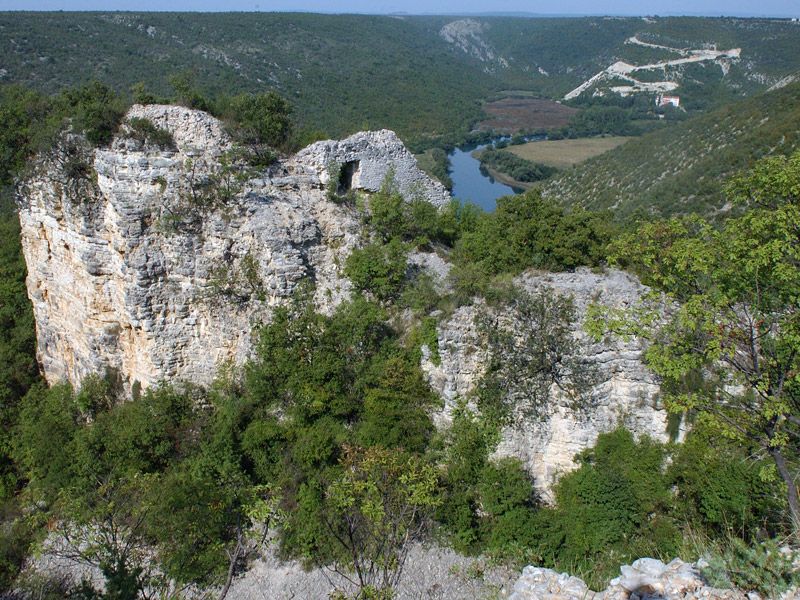
Another tragic legend comes our way from Bogočin: prince Bogoj built the fortress as a home for his son Bogdan and his future wife Miljeva. During the ceremony, as the wedding party was making its way to the castle, a dragon flew down to Bogočin and snatched the young Miljeva, taking her to lake Brljan. Bogdan jumped into the lake trying to save his bride, but ended up drowning; stricken by grief after this shattering loss, prince Bogoj distributed his fortune among the poor inhabitants of the area, appealing to the people to remember his son’s name in return. He also built the bridges at Roški Slap waterfall and Brljan lake, obliging the passengers to pay a crossing fee of two tears shed in the memory of his son Bogdan.
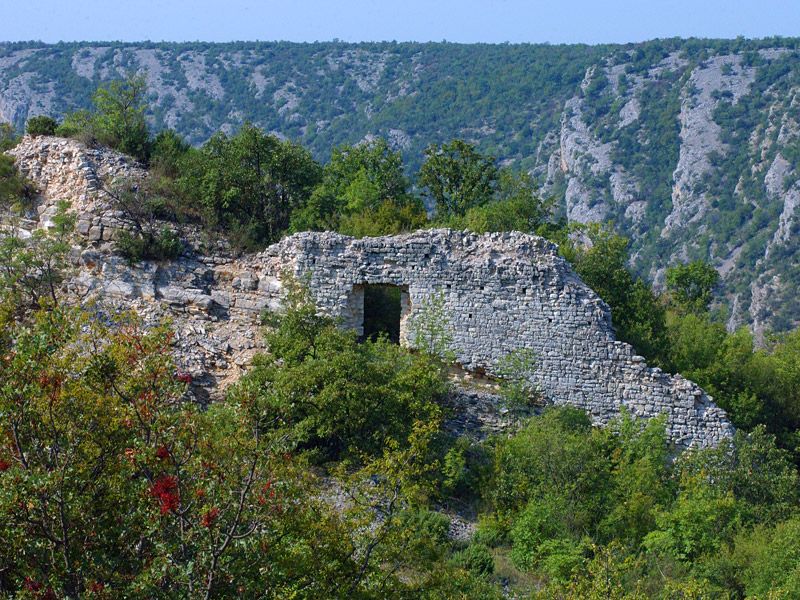
The fortress Kamičak is nestled between two of the most popular attractions in NP Krka, Roški Slap and Visovac lake. You’ll hear the locals refer to it as Utješinovića Grad (Utješinović Town) as well, owing to the first Croatian cardinal Juraj Utješinović being born at this very spot in 1482. The fort was ruled by the Nelipić for centuries, until the Turks came along – by this point, you can probably guess how the rest of the story unfolds.
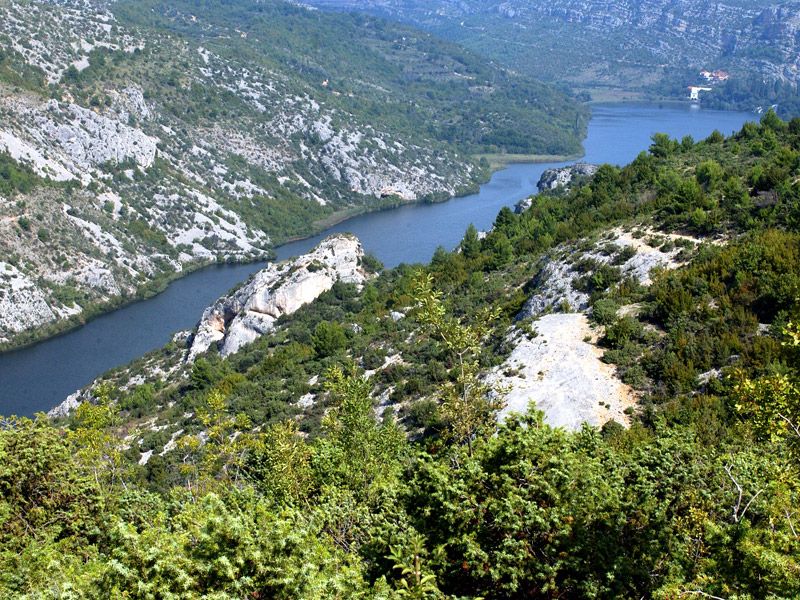
For our final medieval beauty, we get to Ključica – the largest and best preserved fort in NP Krka overlooking the river Čikola. Built in the 13th century by the Nelipić, the fortress was intended to defend the land from a potential attack by the Šubić. The Turks got their hands on Ključica as well and ruled the area until 1648; the fortress was abandoned soon thereafter and has remained deserted ever since.
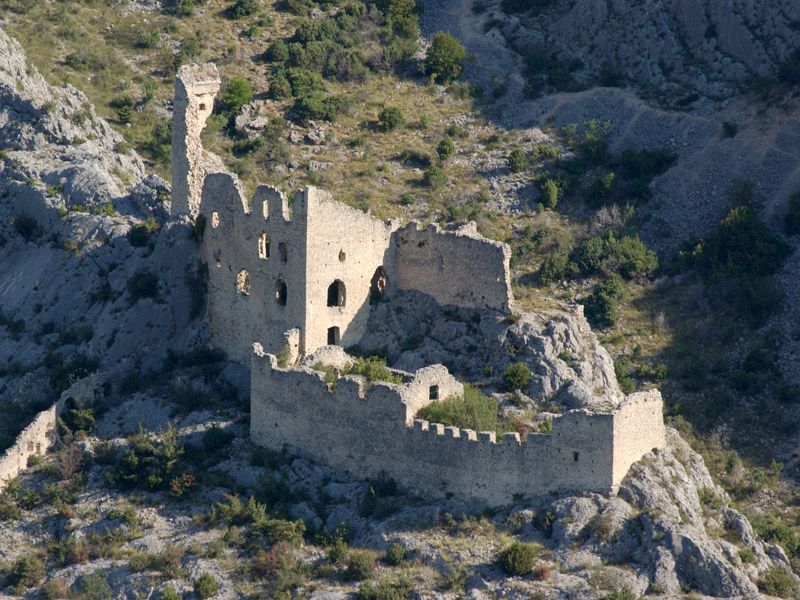
Unlike its counterparts, Ključica partially retained its original shape, the monumental stone walls bearing witness to an era when the local population struggled to fight off the Turkish invaders. Three years ago, a cycling and hiking trail was established near the village of Ključ, including a viewpoint overlooking the majestic Ključica and the canyons of Čikola and Krka.
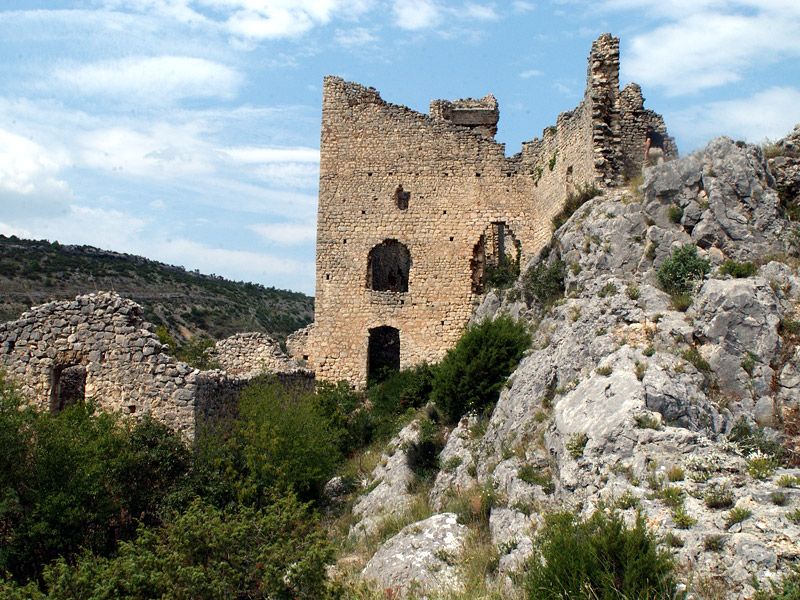
To learn more about the natural and man-made treasures of NP Krka, click here.
Four of the fortresses are connected by a legend with a dragon – learn more in the video below.

